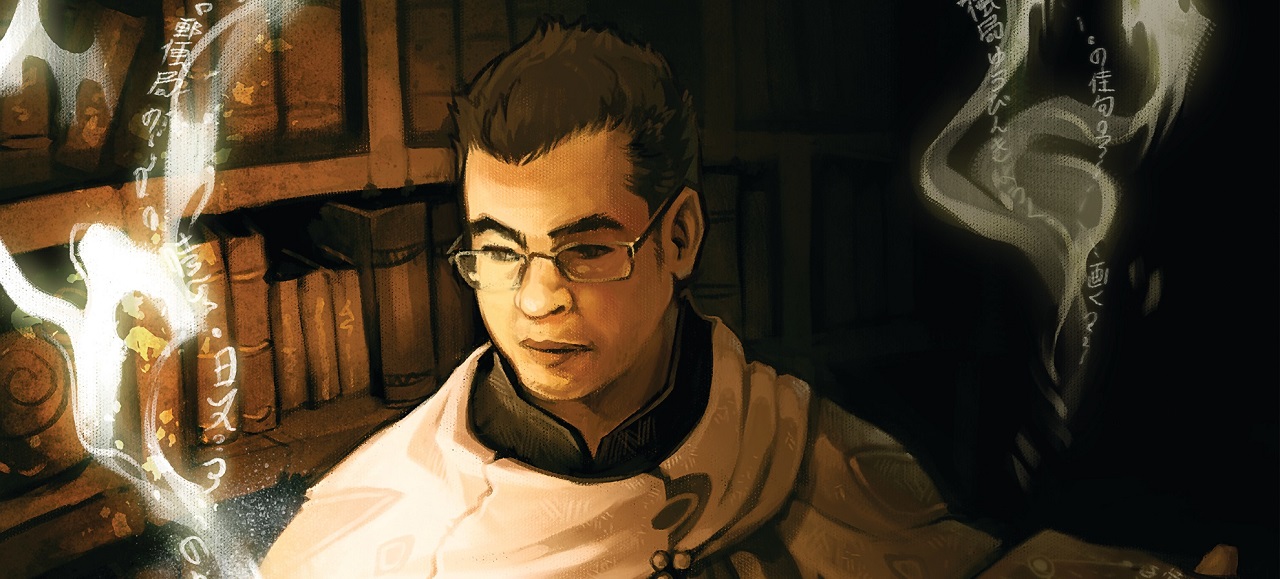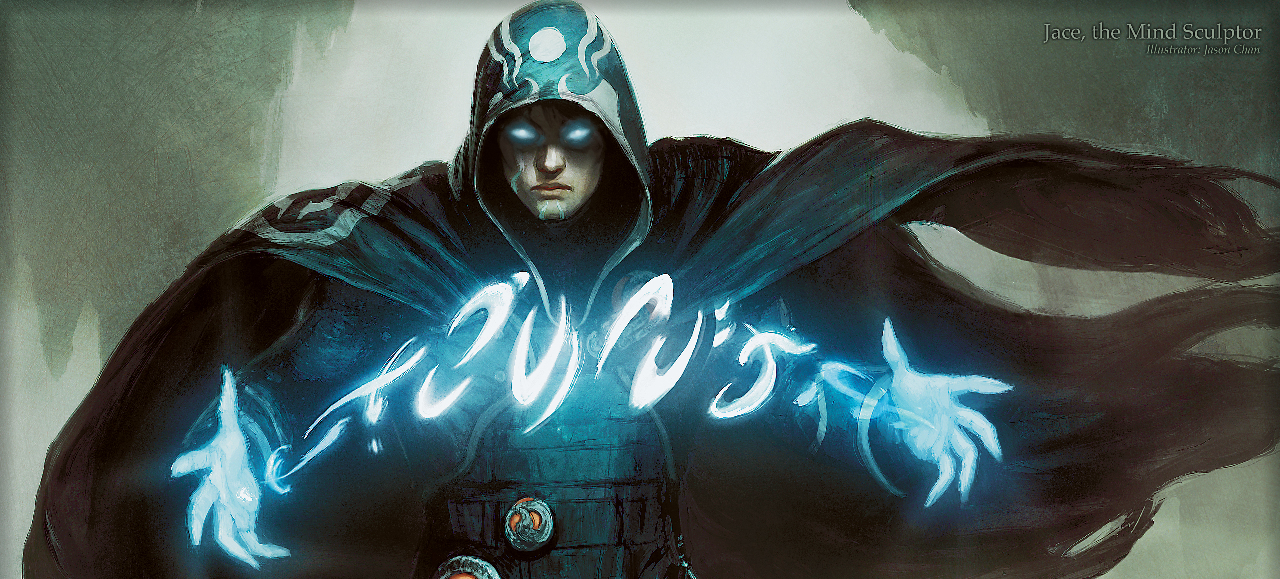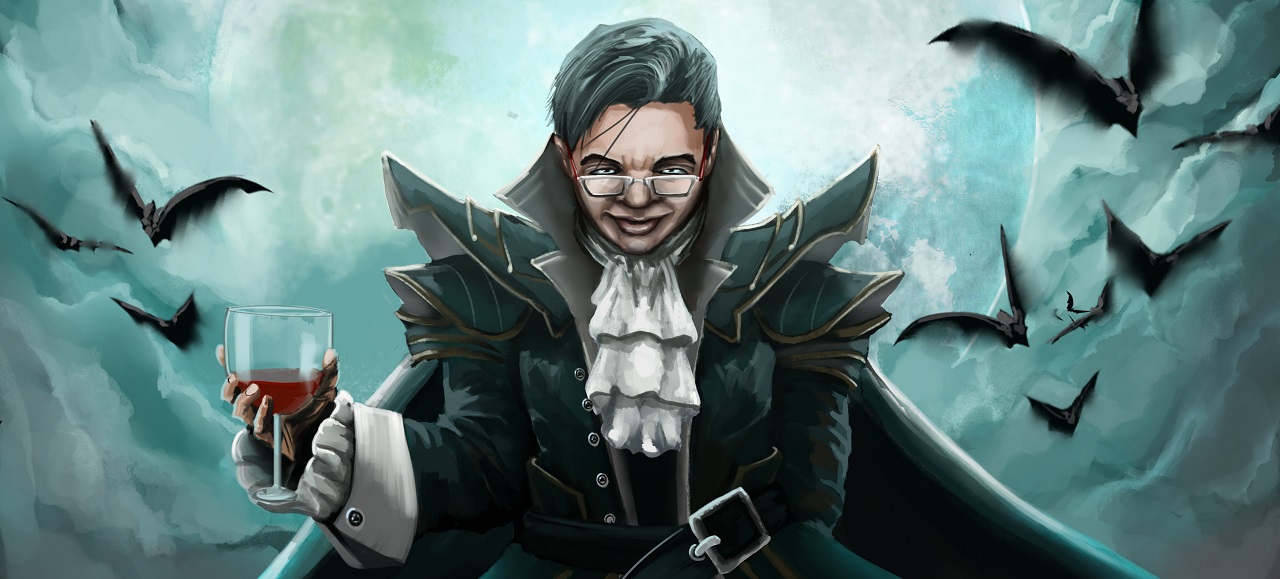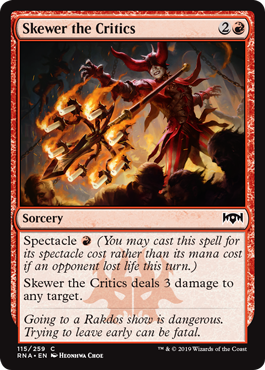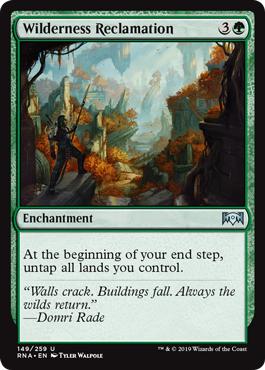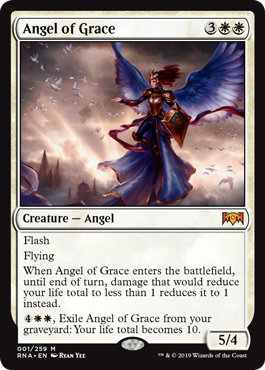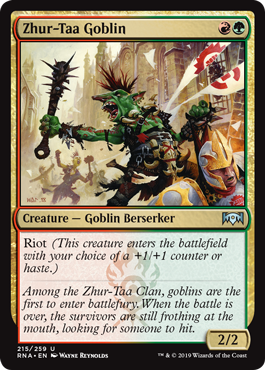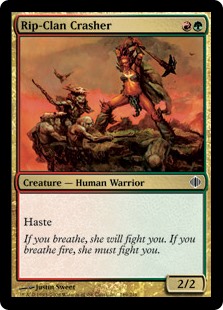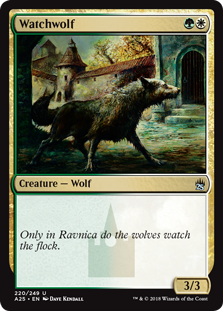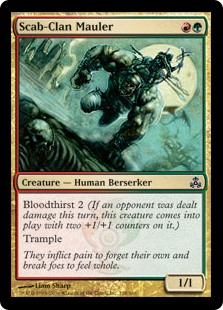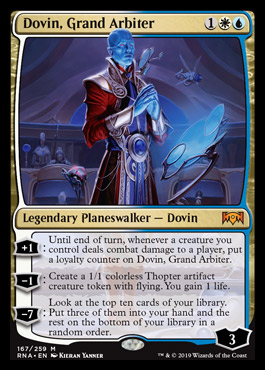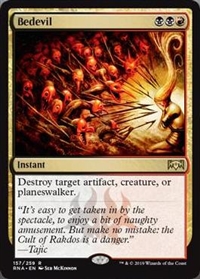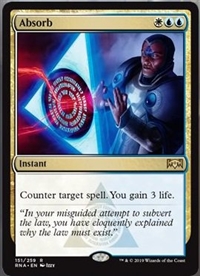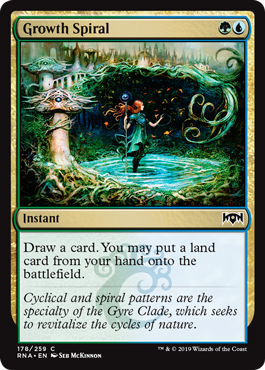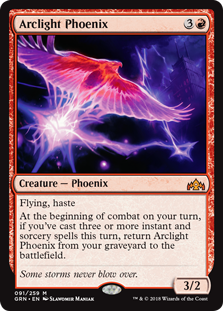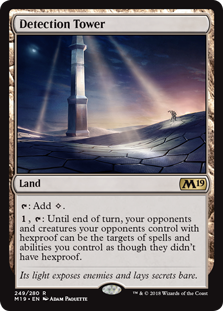Breaking Hydroid Krasis
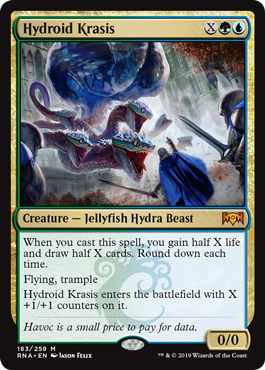 Hydroid Krasis is the top Mythic Rare from Ravnica Allegiance
Hydroid Krasis is the top Mythic Rare from Ravnica Allegiance
How Do I Make a Hydroid Krasis Deck?
The top deck from the first week of Ravnica Allegiance Standard was Sultai Midrange. The inheritor of the Golgari decks, Sultai Midrange uses Merfolk Branchwalker and Jadelight Ranger to turn creatures into extra cards. At the top end, instead of just playing another big Jadelight Ranger, Sultai (over Golgari) tops up on Hydroid Krasis: It’s bigger, it draws tons and tons of cards (instead of just one), and it gives you something to do with all that Explore land!
Hydroid Krasis is a powerful finisher in a Wilderness Reclamation deck. A blue mage can tap out for it main phase without fear: Draw some cards! Gain some life! Wildnerness Reclamation will untap your lands and you can play defensively on the opponents turn.
The hip new Gates builds are also playing the Jellyfish Hydra Beast. Because accelerators like Circuitous Route can give you the materiel to make X big… It’s just a big threat in Gates. The Krasis can compliment your Angels, or draw you into your relatively limited sweepers. Or kill a mage.
Hydroid Krasis has “cast” triggers
While it is effectively not-so-different from the 187 creatures of the Golgari deck, the Krasis differs meaningfully against blue opponents. Jadelight Ranger only Explores when the Jadelight Ranger actually resolves. Hydroid Krasis, on balance, draws cards and gains life when you cast the creature, not only if you resolve it.
This rarely matters if the opponent isn’t playing permission. But you’ll appreciate this nuance in the cases that he is!
Memorial to Folly is great with Hydroid Krasis
One of the long-game uses of Memorial to Folly is to re-buy this creature. In the older Golgari decks, you might draw the spell-like Memorial thanks to Jadelight Ranger… But late in the game you were probably also just re-buying the Jadelight Ranger.
The Krasis gives you the option to recover and play a much more powerful finisher. Long game flooded? Tap a ton of mana! Gain a ton of life! Use your creature slot to hit an extra land!
This week’s podcast also features the early struggles of Mono-Red, a cool new Bant Flash build, color conflicts in Grixis, and much more. Check it out!


